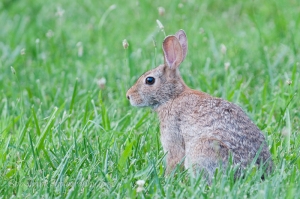I photographed this decent bull in the last week of September on our Pennsylvania Elk Photography Experience. He is a decent bull, about average for the current elk herd in Pennsylvania. There is a lot of talk in the area that we just don’t see the bigger bulls like we used to see. I tend to agree with this sentiment, but now that we have a hunting season for the elk this makes perfect sense. Both hunters and photographers like to target the bigger bulls!
On this particular evening the sky was dropping down some precipitation, which was the norm for the last week of September this year. The produced the grey sky. I typically like these sky shots, with the bull on the horizon in front of the big sky. A nice blue sky or even an orange setting sun sky is preferred, but you can see how this shot separates the bull from the background and really helps to emphasize the detail of his rack.
The goal of separating an animal from its native background is always the goal of the wildlife photographer. Animals often blend into their backgrounds, which is part of what keeps them safe from predators. Large apertures are helpful in creating a shallow depth of field for the photographer, but there is nothing quite as effective as an animal placed right on the horizon to separate it from its environment. The next time you are out in the wild, try to position yourself below the subject and aim for the sky in the background. I think it works well and makes for some stunning wildlife photographs! What do you think?











